Whoa. Justin & I just wrapped up 11 days in Panama with 2 of our dearest friends, and none of us realized we would fall in love with the country. Panama often gets overlooked as a tourist destination by its flashier Latin American neighbors. But I’m here to confirm it might be the best-kept secret in Central America with its deeply rooted history, welcoming people, fresh seafood and year-round tropical weather.

I’m going to break my recap into 2 blog posts based on where we spent time in the S-shaped country: 3 days in Panama City in the southwest near the border of Columbia, followed by 7 days in the northwest on the border of Costa Rica.

Our vacation started in Panama City for the whole mission of marveling at one of the coolest engineering works which originally put Panama on my travel bucket list: the Panama Canal. Here’s your brief history lesson. Many countries sought after a shortcut and connector route between the Atlantic & Pacific Oceans to avoid the brutal 8,000 nautical miles around the southern tip of South America. Panama’s slimmest point is only 50 miles wide, so it made sense to crack the country for the crossroads. The French made the first failed attempt in the late 1800s. After Panama gained independence from Colombia in 1903, the United States swooped in to fund and build the canal. It officially opened in 1914, and the US held control for decades until Panama took full operational control on Dec. 31, 1999.
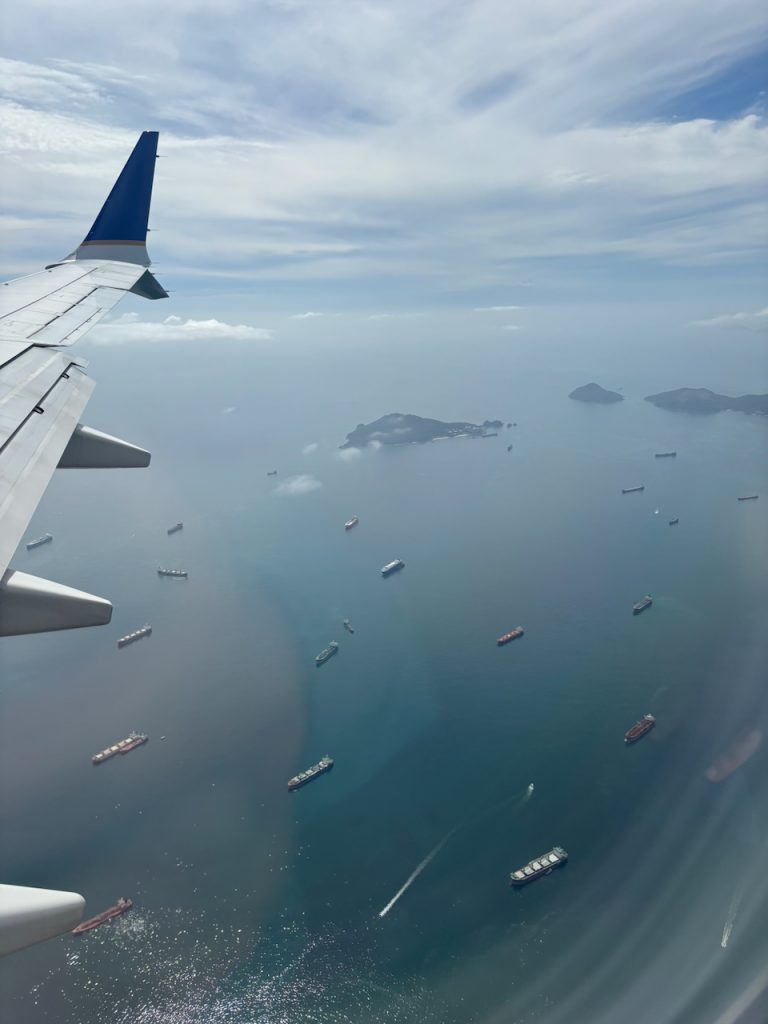
The Panama Canal is not a sea-level canal; the Pacific Ocean is slightly higher in elevation than the Atlantic, thus they built several “locks” across the 50 miles. I feel like my non-engineering brain understands it best as a water-powered staircase, or more like an escalator. Let’s say a ship is trying to cross from east (Atlantic Ocean/Caribbean Sea) to west (Pacific Ocean). It moves into a concrete-walled sealed chamber, which fills with water to raise the ship like 30 feet. Then that water drains into the next western chamber to even out, raising the ship a bit more. I think in total, a ship goes through 6 locks. And in 2016, the Panama Canal Authority built a third set of locks that could fit larger ships. Nowadays, about 40 vessels of all types (carrying containers full of product, fuel, passengers, etc) make the 10-hour traverse through the 50-mile canal each day, and it is a huge economical benefit to the country as they pay varying fees to make the crossing.
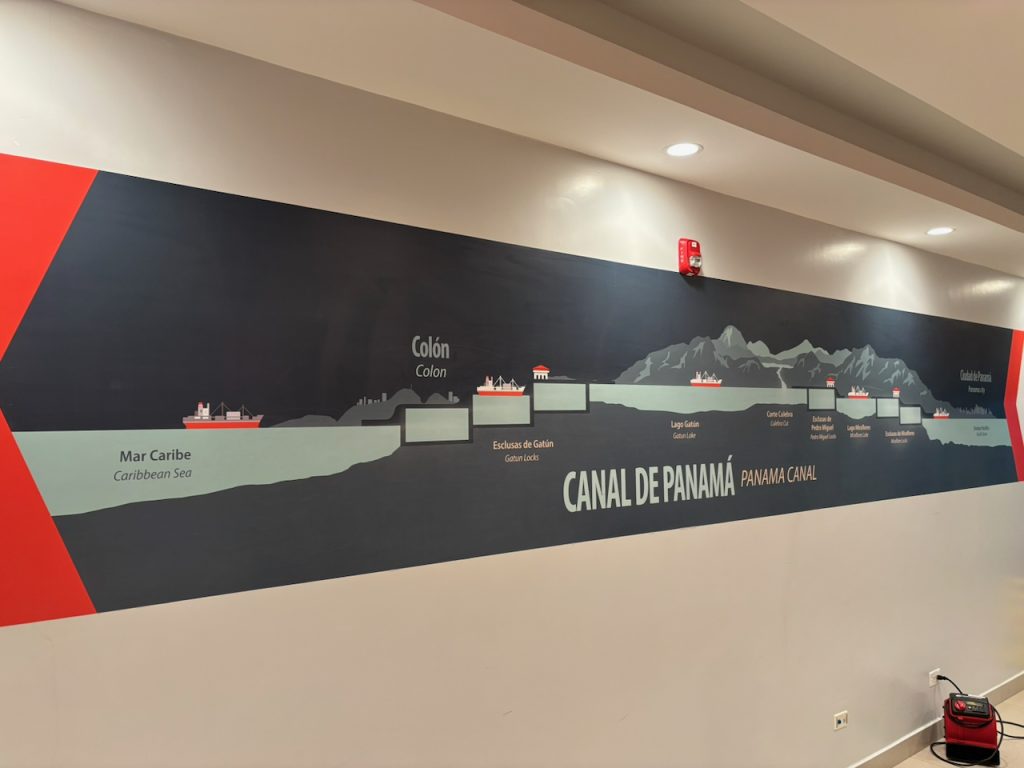
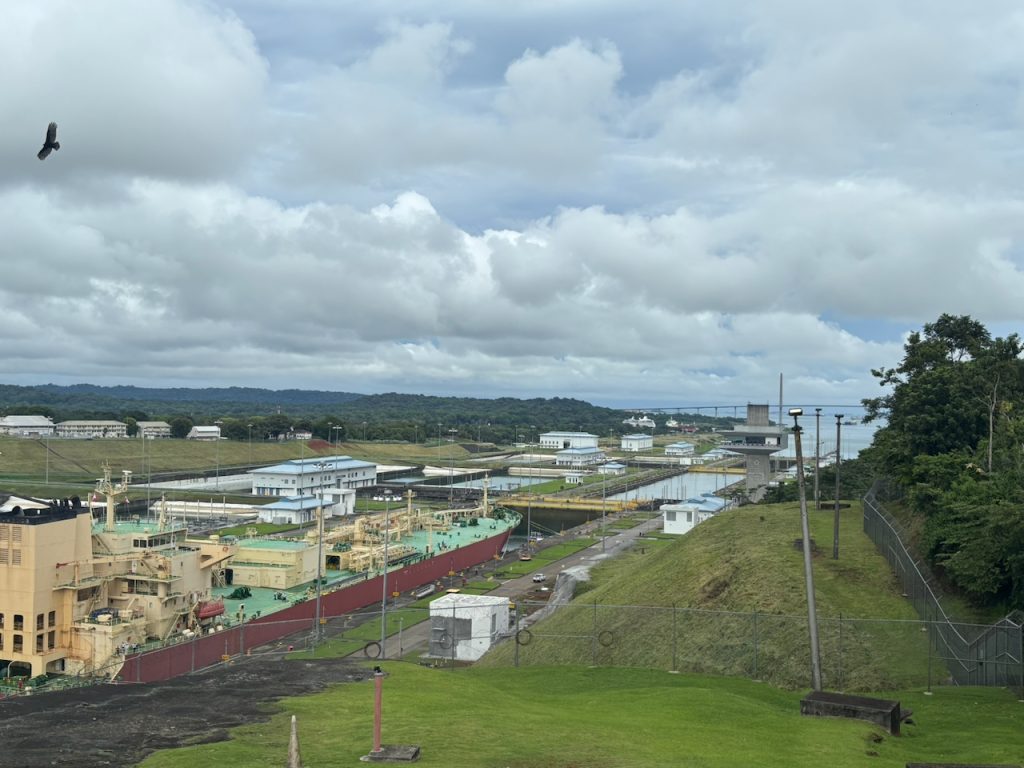
We originally scheduled a full 11-hour boat tour from ocean to ocean, but those jokers canceled on us at 5pm the day before our tour due to mechanical issues with the boat. We were super bummed!!!! Unfortunately, we couldn’t find another boat tour available at the last minute. What we ended up with was a private driving tour through Los Angeles VIP Tours on Viator, stopping at all the lock stations (Pedro Miguel, Agua Clara, Miraflores). Our trip even took a short boat ride amongst all the islands in Gatun Lake. In splitting the country, the engineers dammed the Chagres River and created the manmade Gatun Lake to form the large central section of the canal, but also provide the millions of liters of water needed for the hydroelectric power plant and lock chambers. Even though I actually wanted to traverse through the locks and be on the boat as it raises up, it was beyond fascinating to watch from the sidelines and see all the intricacies of the locks, and our tour guide Alfonso was so accommodating. Maybe someday I’ll still take a boat through the locks … who knows?!


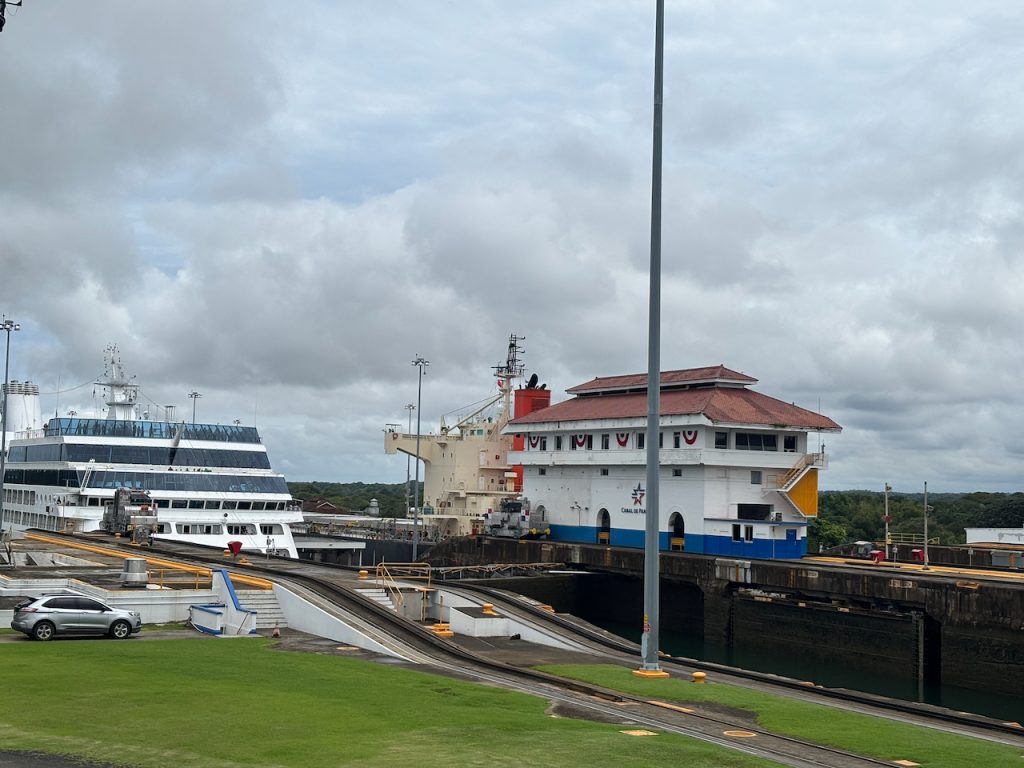


We even stayed in an Airbnb outside of the city center on the Amador Causeway, a spit of land positioned to have double feature views of the glowing Panama City’s skyline as well as watching ships line up near the Bridge of Americas waiting for their turn to enter the Canal from the Pacific side.

Panama City isn’t just known for its engineering wizardry. More than 50% of the country (even in the city) is forested, so it is teeming with wildlife and biodiversity!!!! Justin’s favorite animal on Earth is the sloth, so naturally his highlight was meeting both two-toed and three-toed sloths in real life. We visited 2 nature preserves (Panama Nature Center and Punta Culebra) to guarantee sightings, and were not disappointed. Sloths sleep 20 hours/day, so they are definitely Justin’s spirit animal. I also love that the Spanish word for sloth is “perezoso,” which literally means lazy lol.
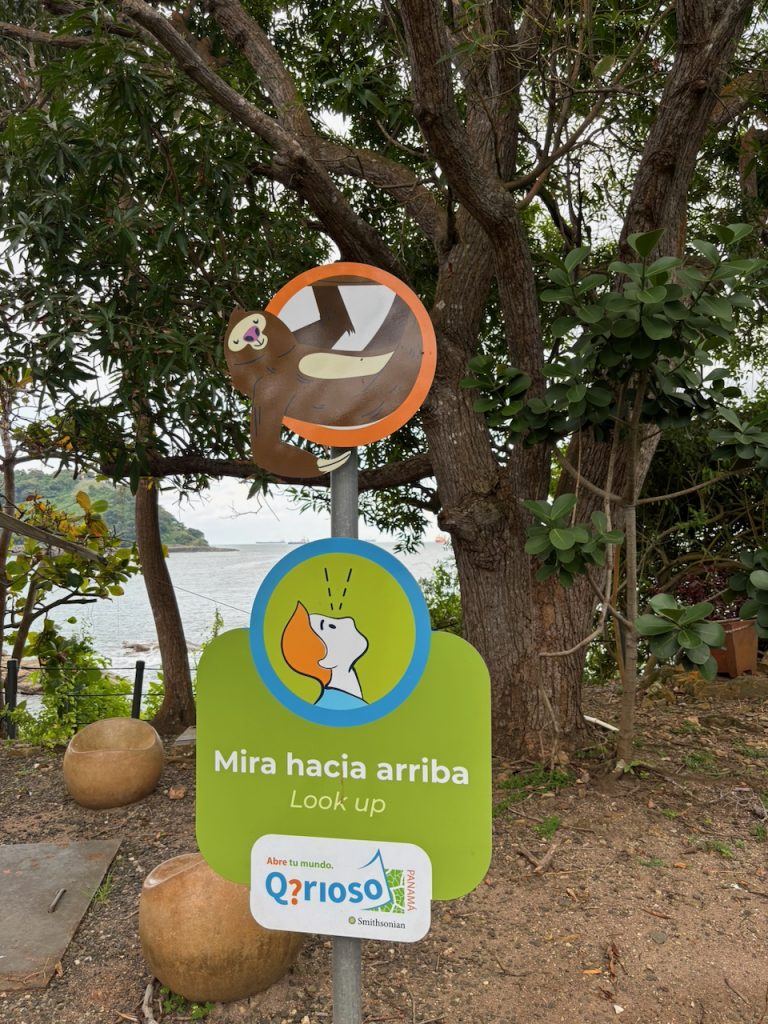

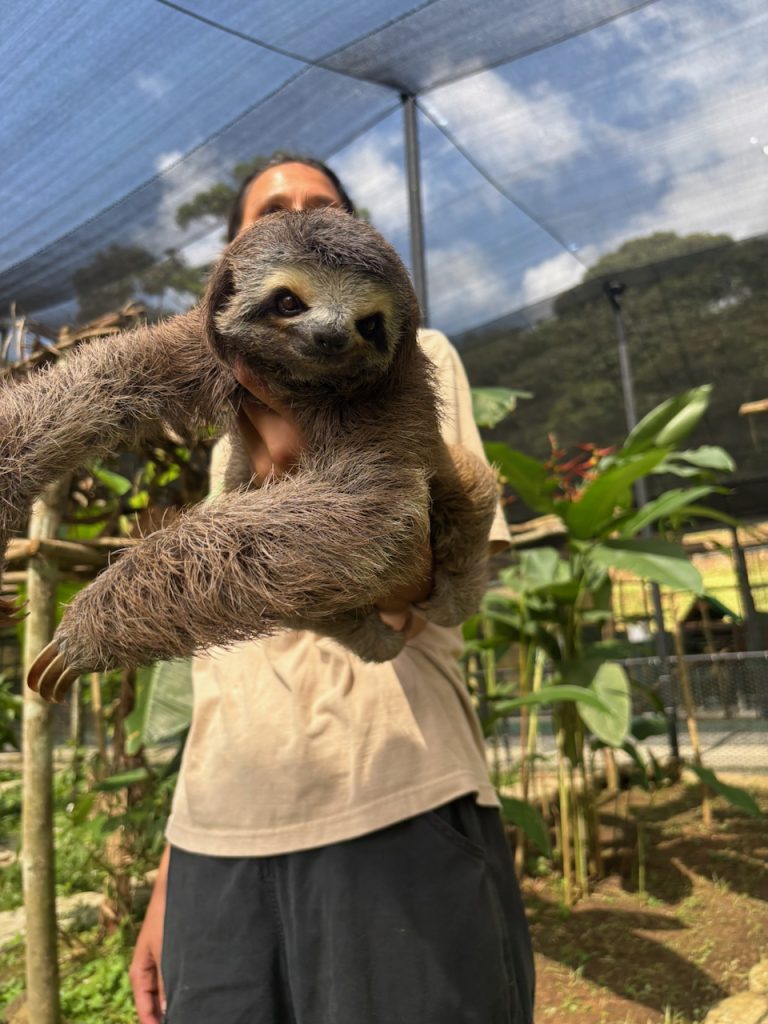



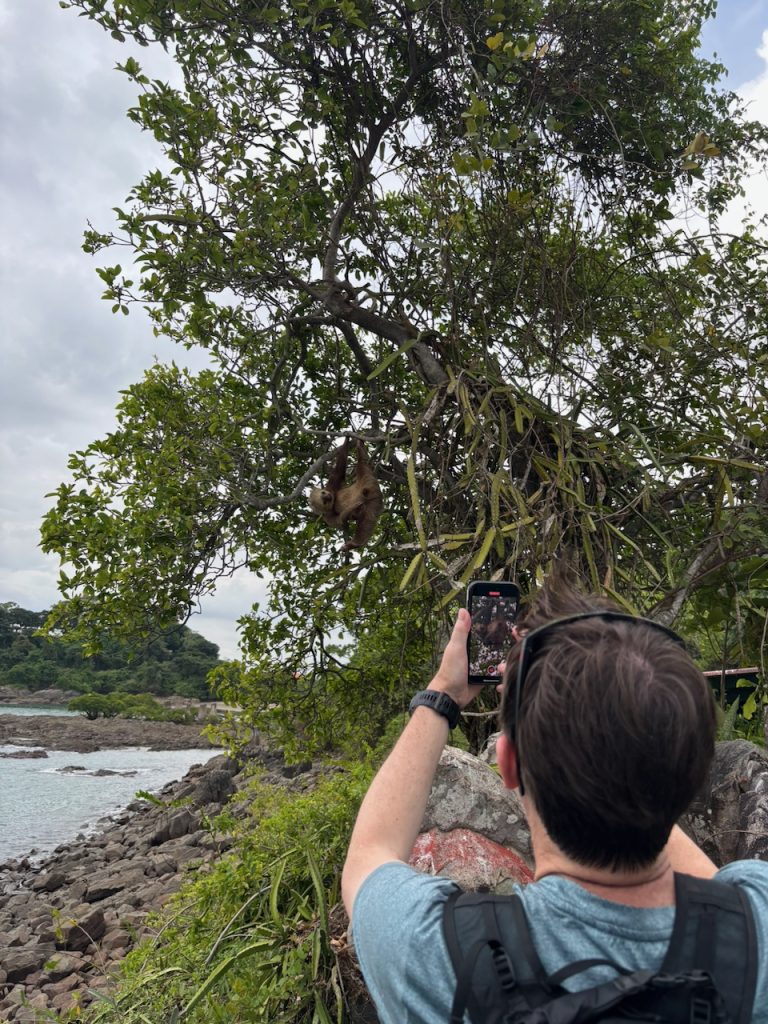
At Panama Nature Center, there were also anteaters, a porcupine and a crocodile, all of which were being rehabilitated to hopefully re-enter the wild. The second spot, Punta Culebra, was kind of like a nature preserve or state park, but with guided exhibits. We saw so many sloths out in the wild, but also iguanas, raccoons and the “owl” butterfly, whose wings look like an owl staring back at you.




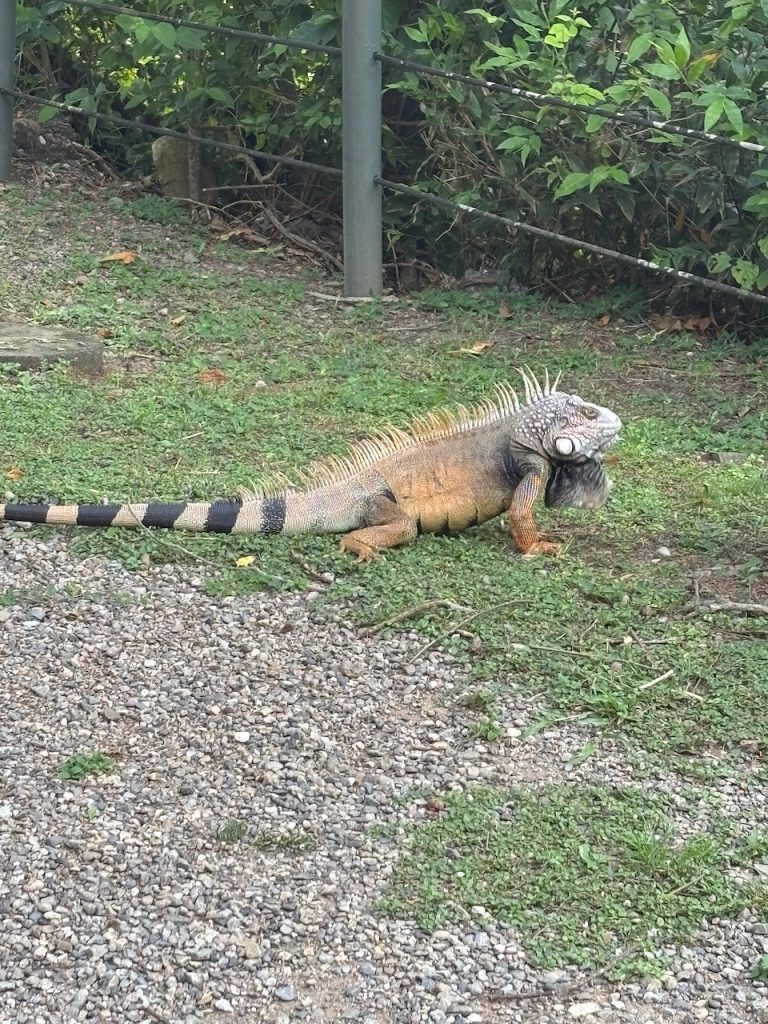

Part of our Panama Canal tour took us on a small boat around Gatun Lake, where we navigated the islands within Soberania National Park. That’s where we spotted Panama’s THREE types of monkeys: White-faced capuchin, Mono titi and Howler. The capuchin monkeys eat everything from fruits to full-sized iguanas!

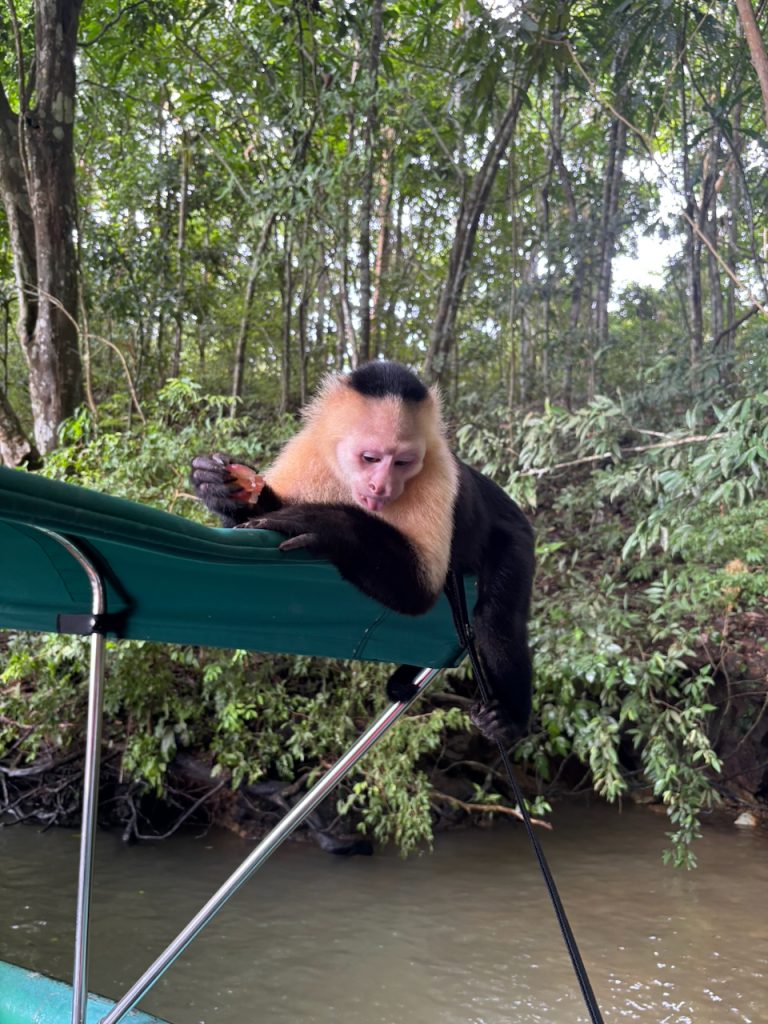

Stay tuned for Part 2 to recap the northern part of the country!
Discover more from Wandering La Vignes
Subscribe to get the latest posts sent to your email.







Panama has been on our list to visit. We have friends who ended up moving down there. Now just need to go visit them!
Could not agree more. It has everything Costa Rica has but it feels like a real country, not a theme park. Also a deeper appreciation for the remnants of indigenous culture missing in Costa Rica. Btw, Don was stationed there during Korean War and had stories. I loved Panama.
Marti Marti J. Sladek
Great photos! I can’t wait to read more about your trip.